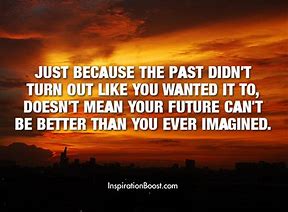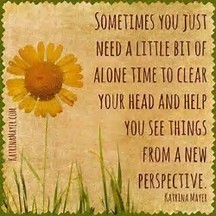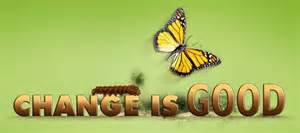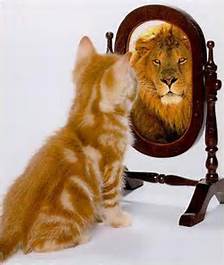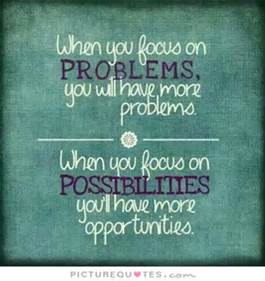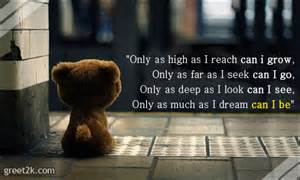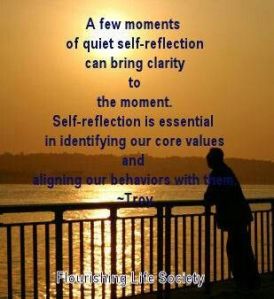
Twelve times a year we turn the page on our calendars to a new month. Twelve times a year we experience the last day of the month. But, only once during the year do we experience the last day of a calendar year and turning that calendar page not only leads to a new month but to a new year!

The last day of December 31 is quite different for many of us. Because of the approaching New Year, there are parties and celebrations to send out the old and ring in the new. There are special songs to commemorate the ‘days gone by’ (most notably Auld Lang Syne). There are hugs, kisses, toasts, fireworks, and iconic items dropped from heights. And, there are reflections and resolutions.

We reflect on the year that is coming to a close: What were the good, the positive moments? What challenges were faced? And based on those reflections, we resolve to do or not to do something in the coming year: What needs to be accomplished or what needs to be done differently in the New Year?


As we each prepare for the New Year, I would like to share a story on The Important Things in Life (author unknown) that I use in many of my presentations and workshops. The moral of this story can be a helpful resource when contemplating our direction in a new year:
A professor of philosophy stood before his class with some items in front of him. When the class began, wordlessly he picked up a large empty mayonnaise jar and proceeded to fill it with rocks about two inches in diameter. He then asked the students if the jar was full. They agreed that it was full.

So the professor then picked up a box of pebbles and poured them into the jar. He shook the jar lightly. The pebbles, of course, rolled into the open areas between the rocks. He then asked the students again if the jar was full. They agreed that it was indeed full this time.

The professor picked up a box of sand and poured it into the jar. Of course, the sand filled up the remaining open areas of the jar. He then asked once more if the jar was full. The students responded with a unanimous “Yes.”

“Now,” said the professor, “I want you to recognize that this jar signifies your life. The rocks are the truly important things – your family, your partner, your health, your children – things that if everything else was lost and only the rocks remained, your life would still be full. The pebbles are the other things that matter in your life – like your job, your house, your car. The sand is everything else, the small stuff.”

“If you put sand into the jar first,” he continued, “there is no room for the pebbles or the rocks. The same goes for your lives. If you spend all your time and energy on the small stuff, you will never have room for the things that are truly important to you. Pay attention to the things in life that are critical to your happiness and well-being. Play with your children. Take your partner out dancing. There will always be time to go to work, clean the house, give a dinner party, or fix the disposal.”

“Take care of the rocks first – things that really matter. Set your priorities. The rest is just pebbles and sand.”

 In contemplating a direction for the New Year, ask:
In contemplating a direction for the New Year, ask:
- What are my “rocks?” What are the most important things – the things that make my life full and are critical to my happiness?
- What are my “pebbles?” What other things matter?
- What is my “sand?” What is the small stuff that seems to take time away from the rocks and the pebbles?
- What do I need to do to bring balance so I can focus on the rocks and the pebbles?
Motivational speaker and author Matthew Kelly says, “You cannot change one moment of your past, but you can change your whole future.” The New Year is the start of our future. If in our past we weren’t focusing on the things in our life that make it full and bring us happiness, we have an opportunity in the coming days, weeks, and months to change our future. If we remember to put the “rocks” into our “jar of life” first we will be making the first step to a future that has more of a chance of bringing us fulfillment and happiness…to a future that is brighter. May 2019 be a year that shines bright for all of us!
